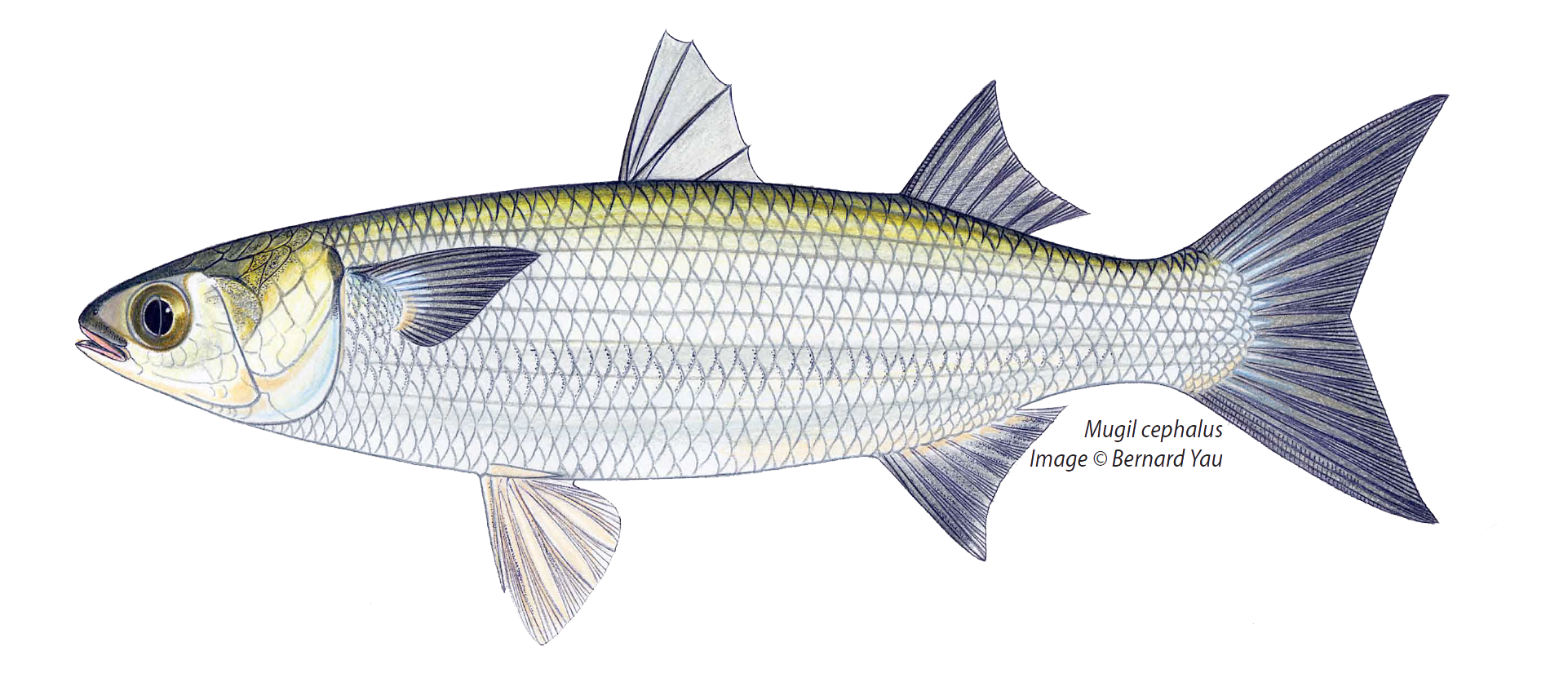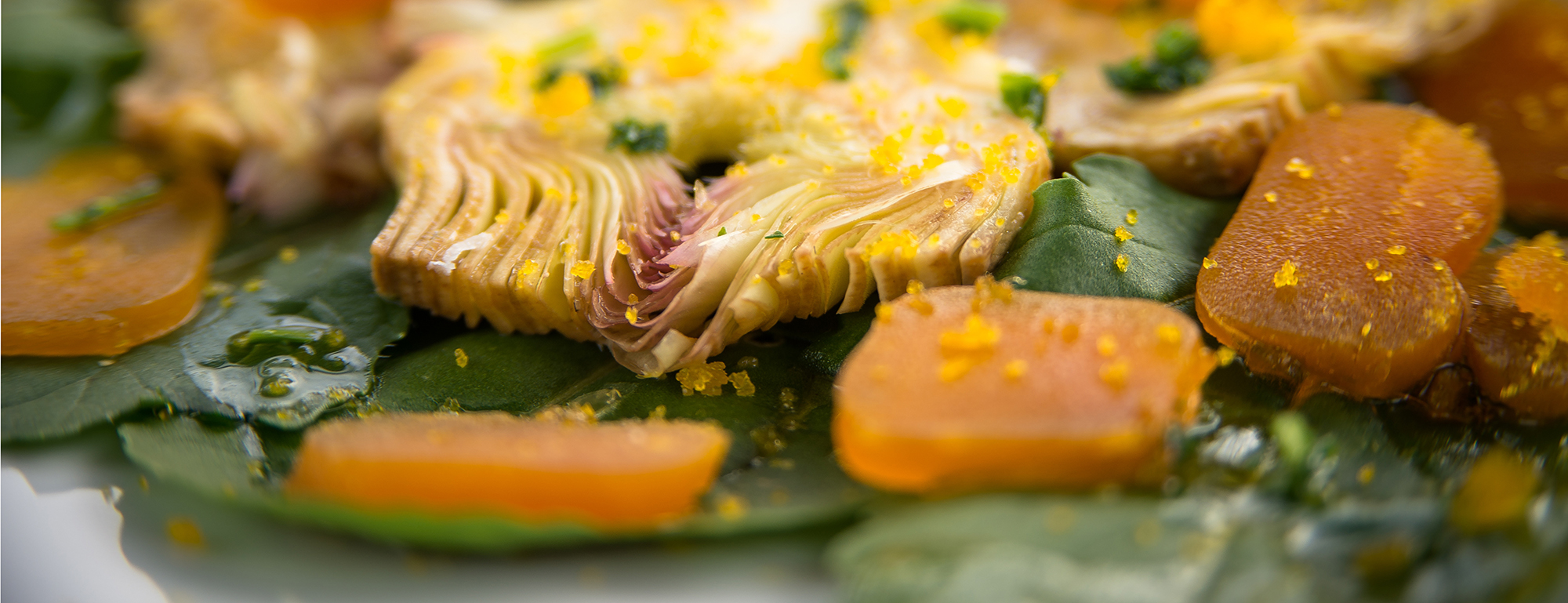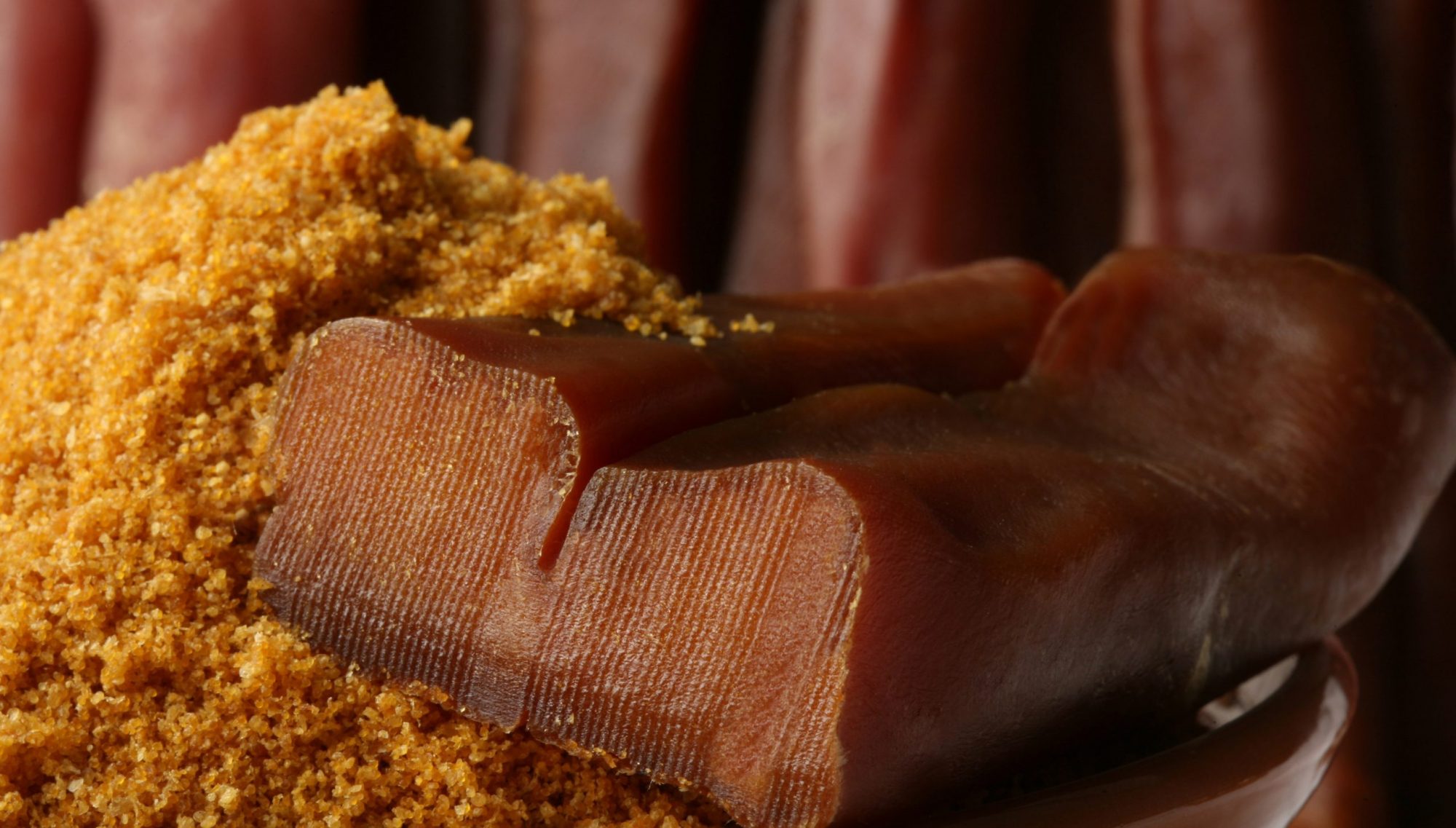 An average sac of two lobes can contain well over 100,000 microscopic individual eggs, making Mullet a highly reproductive species.
An average sac of two lobes can contain well over 100,000 microscopic individual eggs, making Mullet a highly reproductive species.The process begins with the cleaning, rinsing and massaging of these extremely delicate sacs, expelling all air pockets and debris from the connecting viens, and membrane surface. They are then enrobed in course sea salt and left to cure for a period of time, commences the curing process. The sacs are then removed and the lobes are shaped and pressed by hand and placed for dehydration. Some are pressed from side to side as our Sardinian Gold while others are pressed top to bottom as our Greek Avgotaraho and Egyptian Royale. are in their own ultra sheer natural membrane or casing, until reaching their desired cure level, a somewhat hard sausage like consistency. Each and every piece is as unique as a fingerprint. Some dry lighter, some darker (as in the picture above) within the same time frame and batch. The longer the cure time, the drier the roe, the sharper the flavor and the darker the color. Some like it sharp, while others prefer a less pronounced taste. Once the desired cure level is attained, the whole is immediately preserved either in shrink wrap or dipped multiple times in warm melted paraffin wax or beeswax, to stop the curing process. Wax preservation is an old school method that has been used for centuries before preservation existed. Bottarga Brothers offers both!
Origin & History
Bottarga dates back nearly 3000 years to the Phoenicians, who’s enterprising maritime trading culture spread across the Mediterranean from 1550 BC to 300 BC. They are believed to be the first culture to salt and dry or cure Grey Mullet Roe. Drawings of fisherman fishing and preparing Mullet roe have been discovered along the riverbanks of the Nile River on ancient Egyptian murals. Mediterranean’s remain today’s biggest Bottarga connoisseurs and consumers.
First Culinary Documentation
Bottarga, was first written into literature by Bartolomeo Sacchi (Platina), an Italian writer and gastronomist who is believed to have written the first ever printed cookbook “De Honesta Voluptate et Valetudine” (“On Honourable Pleasure and Health”) ca.1465. Italians can be credited for having best popularized the term “Bottarga”, short for Bottarga di Muggine ( Roe of Mullet ) the most universal term for cured Mullet Roe today. Today Bottarga is widely enjoyed throughout Europe but is most popular in Italy, France, Spain, Greece, and Egypt. Japan, Taiwan, Portugal, Croatia, North Africa, Lebanon and Turkey each have their own name and preparation methods for virtually the same delicacy.
Impress your guests…savour Bottarga cut in thin slices with your favourite aperitif, or grate it like truffles on top of rice, pasta, eggs, toast and much more…turn your ordinary dishes into culinary delights. Check out our Recipes! Used by such chefs as Martha Stewart, Frankie Celenza, Jamie Oliver, and mentioned on CNN’s Anthony Bourdain “Parts Unknown” Marseille (Oct. 2015) and “Charleston” (Nov.2015) episodes. An all natural, healthy, product made of just two ingredients. Like a fine cigar, or a tasty caviar, Bottarga is a unique taste, you will never forget! Discover Bottarga Brothers superb line of Supreme Bottarga, the very finest Cured Mullet Roe from around the world.

Best known as Bottarga, but also known as…
French : Boutargue / Poutargue
Italian : Bottarga / Butàriga
Egyptian : Batarekh
Japanese : Karasumi
Spanish : Botargor
Greek : Avgotaraho
Taiwanese : Wuyuzi
Portuguese: Butarga
Interesting Bottarga Health & Other Facts!
* Contains only 2 natural ingredients – Mullet Fish Roe & Salt
* Excellent source of Phosphorus, Zinc, Iodine, Iron & Calcium
* Full of Omega 3 Essential Fatty Acids
* Rich in Protein
*can be consumed by children, athletes & canines.
* Contains vitamins A, B & C
Sign up to receive emails on sales, discounts, recipes, contests & more…


